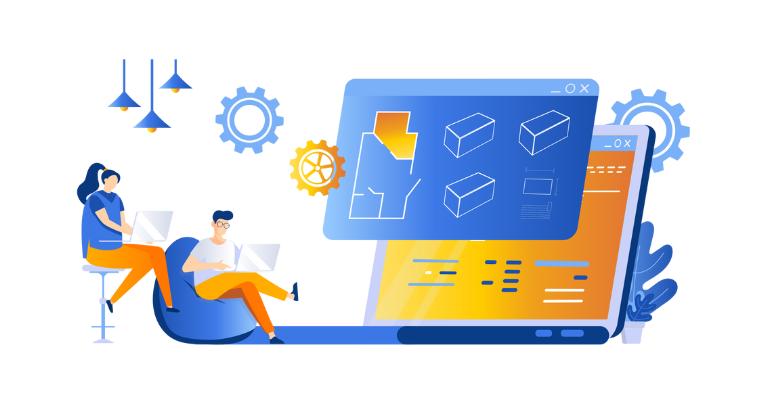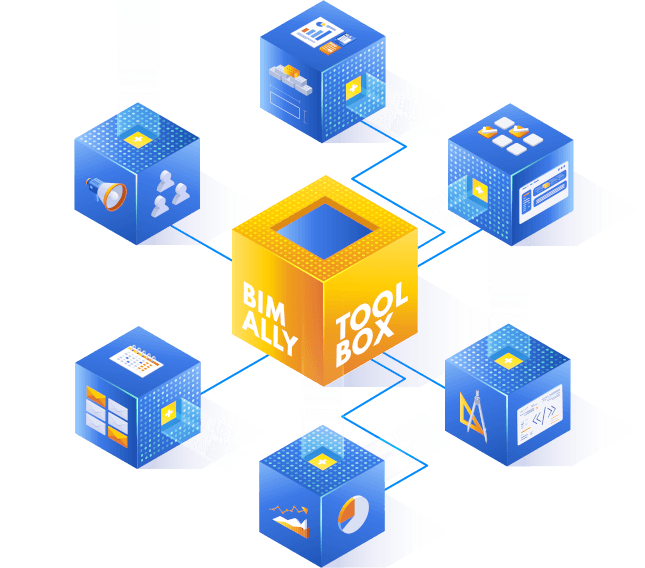The role of the designer in the shadow of algorithms. Does the increase in the amount of information lead to faster development of AI and marginalization of the role of the designer?

Building Information Modeling (BIM) has become a milestone in the architecture and construction industry, bringing advanced planning and project management capabilities. However, with the growing amount of information, questions are emerging about the impact on the development of artificial intelligence (AI) and whether it may lead to the marginalization of the participation of traditional designers.
The amount of information and faster development of AI
Delving deeper into the world of BIM models, we see that they are a repository of enormous amounts of project data, covering everything from building geometry to material properties. In this context, the amount of information available in BIM models can accelerate the development of artificial intelligence. Machine learning algorithms can use vast amounts of data to analyze trends, identify optimal solutions, and predict potential problems.
AI in design – a challenge for designers?
The phenomenon of developing BIM models raises questions about the future of the designer’s role. Can artificial intelligence replace the creativity, intuition and experience of a human designer? While AI can facilitate certain aspects of the design process, the role of the designer still remains essential to interpreting concepts, understanding client needs, and bringing a human element to the creative process.
Responsibility for algorithmic decisions
As the role of artificial intelligence increases, the question of responsibility for decisions made by algorithms also arises. Who is responsible for any errors? Construction projects require a holistic approach, and overconfidence of algorithms can lead to unforeseen consequences.

Marginalization or synergy?
Concerns about the marginalization of the designer’s role may be too pessimistic. In fact, BIM modeling and artificial intelligence can work synergistically to create an effective symbiosis. Designers can take advantage of the powerful data analysis tools offered by AI while maintaining control over the creative aspect of design.
Challenges and benefits of an integrated future
As the industry evolves, it is crucial to understand the challenges and benefits of integrating BIM and AI models. Automation and data analysis can speed up the design process, but they also require careful supervision and interpretation by designers.

Summary
To sum up, designers must be aware of the risks associated with the growing role of BIM models and artificial intelligence. However, it is crucial to find a balance between using the potential of these technologies and maintaining the integrity of the design process, uniqueness of the concept and human contribution to the creation of space.

BIM ALLY TOOLBOX will equip your company with tools and services, thanks to which you will be able to effectively manage cooperation with both current and newly acquired designers.